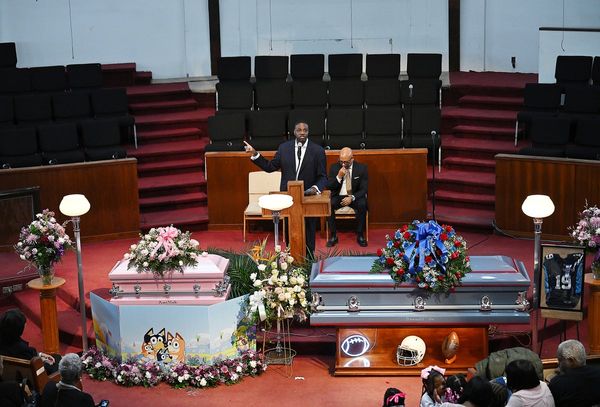
On Tuesday the Biden administration called on NASA to set an internationally useful standard for measuring time on the moon and other celestial bodies — where clocks behave differently than they do on Earth. As reported by Reuters, a memo from the White House Office of Science and Technology Policy (OSTP) directed the agency to work with other federal government bodies to create a plan for what it called a Coordinated Lunar Time (LTC) by the end of 2026. LTC would be the space version of the Earth's time standard of UTC, or Coordinated Universal Time.
The White House orders come as the private-sector space race heats up. And U.S. officials told the outlet that without a way for the increasingly crowded field to synchronize their watches, space-farers risk safety issues — ranging from data-transfer security and communications timing, to actual planetary landing mapping.
"The same clock that we have on Earth would move at a different rate on the moon," said Kevin Coggins, NASA's space communications and navigation chief, in an interview with Reuters. "Think of the atomic clocks at the U.S. Naval Observatory (in Washington). They're the heartbeat of the nation, synchronizing everything. You're going to want a heartbeat on the moon."
The physics of time measurement in space are odd, but predictable. U.S. officials said that, for a person on the moon, Earth-based clocks appear to lose about 58.7 microseconds per Earth-day, a gap that would widen with other variations — and that atomic clocks on the moon may be needed to set lunar time, just as Earth-based atomic clocks set our planet's tempo. UTC could impact how LTC standards are set, and its development will require international agreements with "existing standards bodies" as well as the 36 countries who have so far joined the Artemis Accords space pact. The next manned mission to the Moon was slated for November 2024, but it was recently delayed until 2025.







